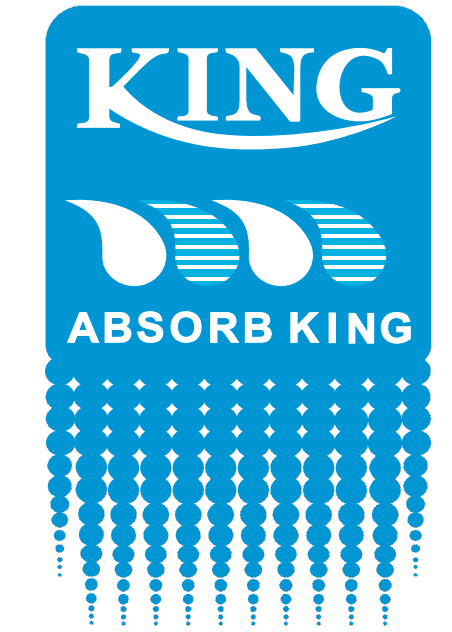Container Rain - What It Is and How to Prevent Moisture Damage
Nov 25,2022 | Bond
I hope you will never encounter this situation: you have checked before the cargo leaves the port that there is nothing wrong with the boxes to be transported; the climate in transit is windy and dry, not wet; the shipment is strictly inspected when it is packed and does not contain moisture. But when the goods come to the destination port, the box is water droplets, packaging wet, rusty, or moldy goods.
So, what is the reason? One of the big reasons is container rain.
In container ocean shipping or storage, the container will often experience a high-temperature climate and intense day and night temperature changes. Temperature changes will be at 0-8 degrees Celsius, and humidity will be as high as 98%, a condensation phenomenon. When the temperature is 30 degrees, the water content in the air is 30.4g per square meter. When the temperature is reduced from 30 degrees Celsius to 18 degrees Celsius, water vapor will condense into water droplets. If the 40-foot container produces 1000 grams of condensation, it will cause "container rain."
1, the cause of the container rain: usually, in the container, a 5-10 ℃ temperature change will be able to trigger the container rain. Water vapor will condense on the surface of the coldest objects, commonly found on the container's ceiling and around the cargo. Liquid water dripping onto the goods will cause corrosion, mold, and other conditions.
2, the container rain hazard: even without condensation, a long period of high humidity will also cause damage to the goods. Under 60% to 70% humidity, many metal parts will rust and discolor. In humidity above 80%, fungus grows, labels fall off, and cartons become soft.
We need to ensure that the containers are in good condition, that there are no holes or damaged doors, and that each container should be inspected before loading the cargo. Entries are particularly vulnerable to imperceptible damage, and we also need to check the ventilation holes. Of course, no container is airtight, but an intact container will only allow air and moisture to move slowly in and out of the box. This will significantly reduce the amount of water entering the container. If you are shipping dry cargo, seal the vents with tape.
During a voyage around the world, the temperature inside the container rises each day and falls each night. This temperature fluctuation means air expands during the day, spilling out of the container, and then contracts, introducing new moist sea air at night. This is called container breathing.
What can I do about excess moisture? By reducing the amount of water entering your container and using our container desiccant to remove the moisture from the air, you can prevent moisture from building up to a level that could cause damage. As a result, you will avoid the problem known as container rain.



